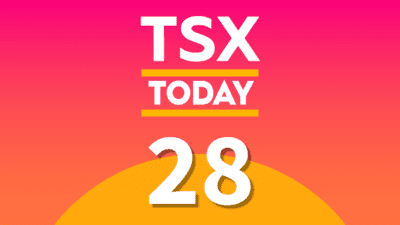Uncertainty, extreme volatility, and speculation — these terms are generally used to define the characteristics of cryptocurrencies. Indeed, these attributes can undoubtedly scare away even the most experienced investors from diving into this red-hot asset class. Even the planet’s oldest crypto, Bitcoin (CRYPTO:BTC), is on a never-ending roller-coaster ride when it comes to price movements.
Today, Bitcoin is once again on the move, dropping nearly 4% over the past 24 hours. Some may suggest that’s not a big move, considering how volatile stocks have been of late. However, this sort of daily volatility is enough to make most conservative investors’ stomachs churn.
Let’s take a look at where Bitcoin might be headed this year.
Continuous institutional adoption
For those bullish on Bitcoin stabilizing (somewhat) for the rest of the year, institutional adoption is a big deal. Bitcoin’s allure among big money investors is real. This top token has garnered a tremendous amount of attention of late as a portfolio diversification tool.
Additionally, some believe Bitcoin could be viewed, in a similar way, as gold in this regard. Market hedge or not, Bitcoin represents a unique asset class. Historically speaking, Bitcoin has been a low-volatility asset. Fund managers looking to improve their risk-adjusted returns may therefore look at Bitcoin as a great option.
Those who attribute similar attitudes toward Bitcoin and gold may note relatively minuscule adoption by institutional investors in the former. Gold is a big-time investment for big-money managers. Bitcoin … not so much.
Should Bitcoin pick up some of gold’s market share among institutional investors, expectations are that this token could rise materially. This is all theoretical, but it’s a key factor that many investors watch closely.
Growing infrastructure and real-world use cases
Bitcoin remains the top dog for investors looking at Bitcoin as a medium of exchange. This cryptocurrency is often viewed as a currency for this reason.
As per Statista, India became the top recipient of remittances in 2020 — overseas workers sent approximately $83 billion back to the nation. For a $200 transaction, the average fee for sending money to India was 5.2%, according to data from the World Bank. And as the dollar figure decreases, the percentage fee rises.
This is one of many examples of Bitcoin leading the way in the “currency” department, among its cryptocurrency peers. There are many projects in the crypto world, doing different things. However, Bitcoin’s status as a well-understood payment method in and of itself carries value.
Bitcoin’s value relative to the U.S. dollar should therefore be viewed more as an exchange rate, than an actual inherent value, according to many experts.
Bottom line on Bitcoin
Bitcoin’s prevalence and its value as a currency and store of value are both important. Indeed, this top token is one that most attribute to crypto, when they think about this space.
As crypto adoption picks up, expectations are that Bitcoin should continue its long-term climb higher. It’s not likely to be a straight line up. Far from it — this is a volatile space. However, the outlook for Bitcoin right now is one that many remain bullish on for the aforementioned reasons.







